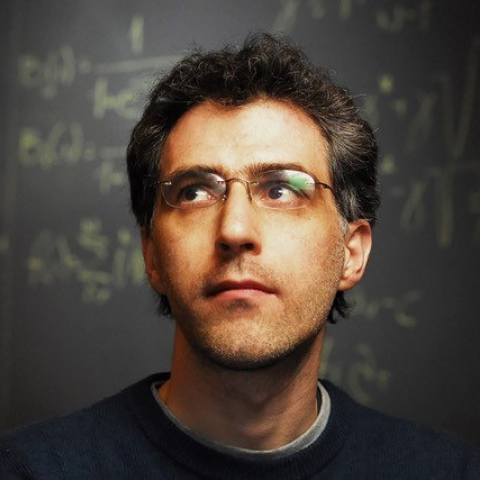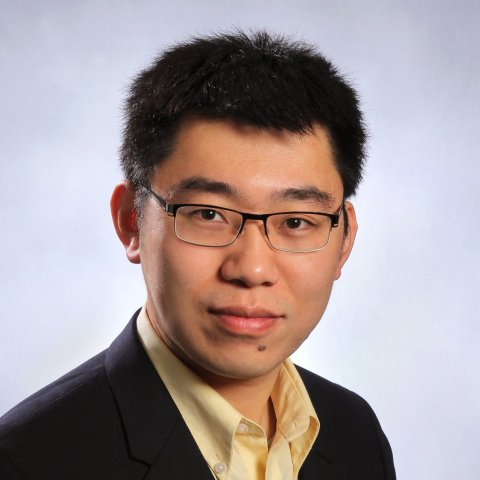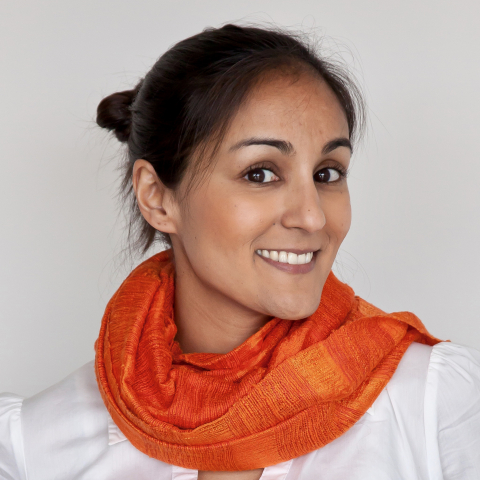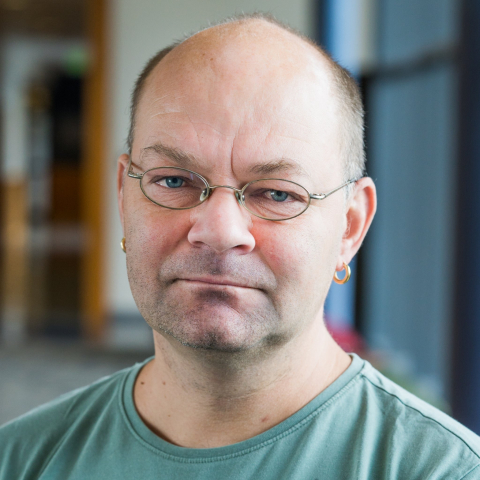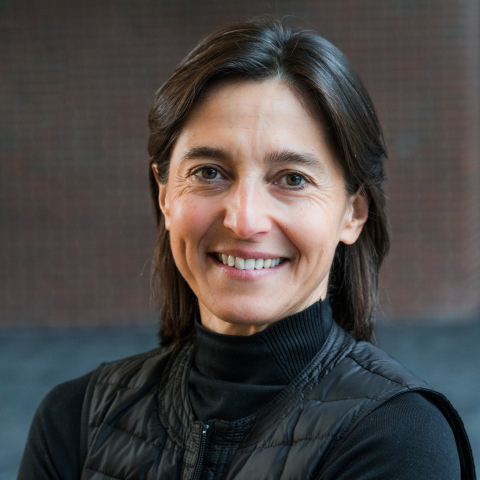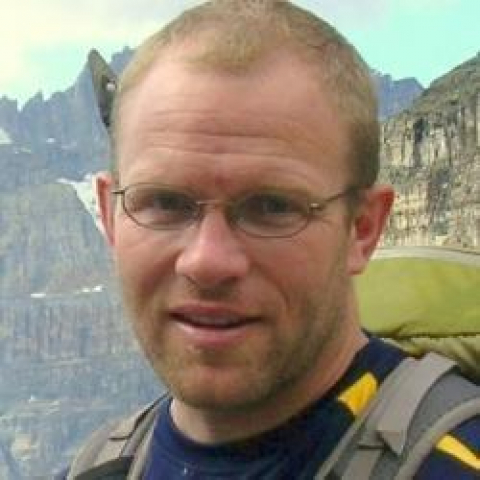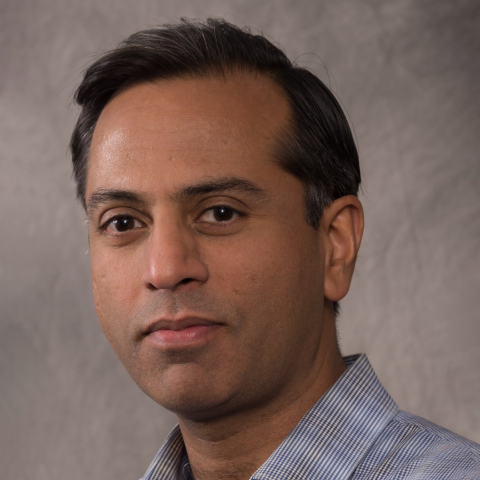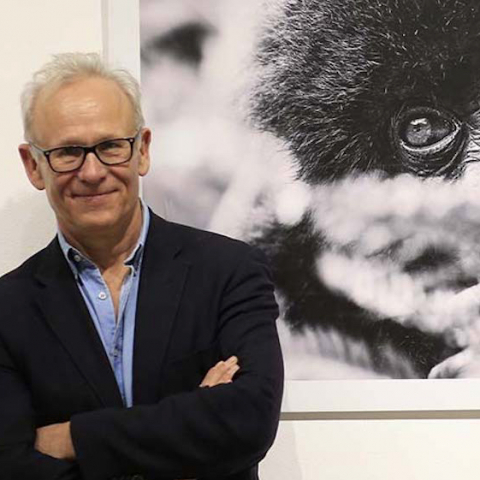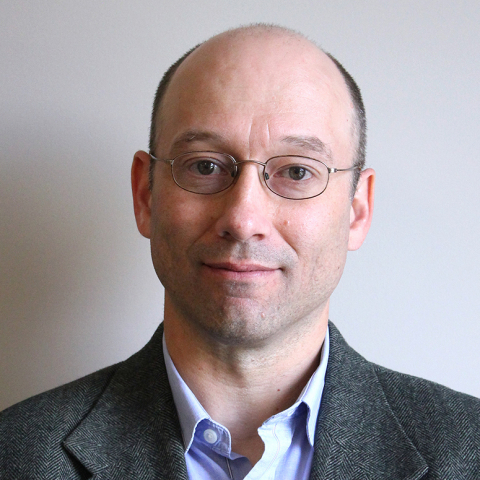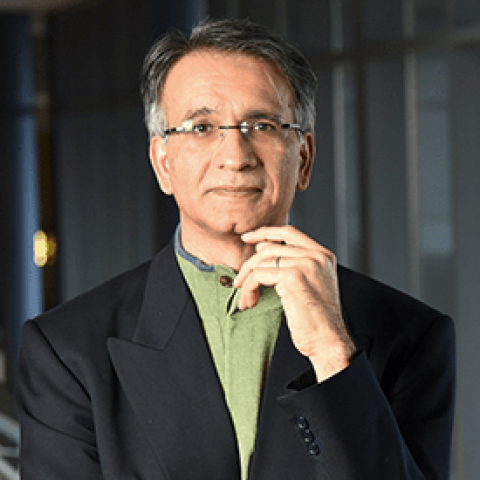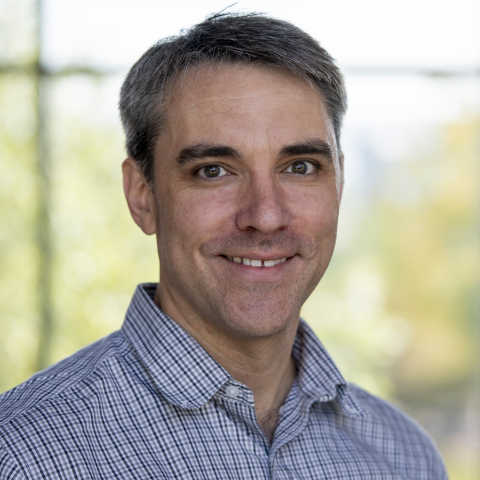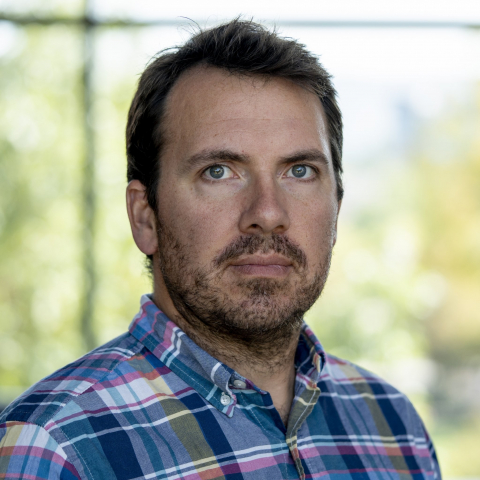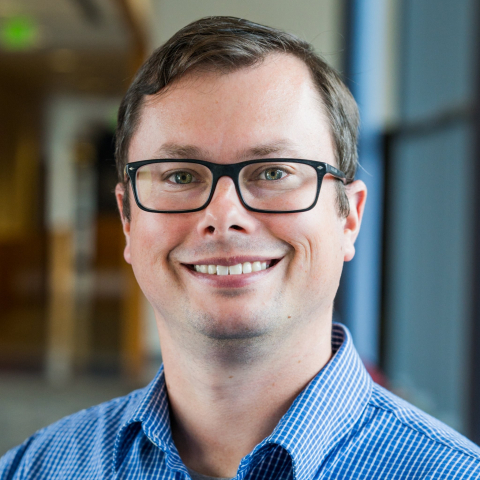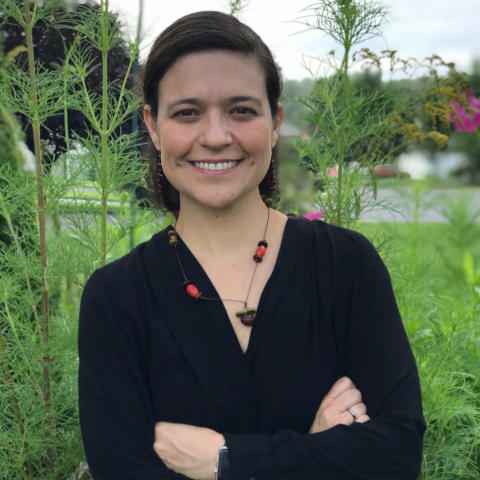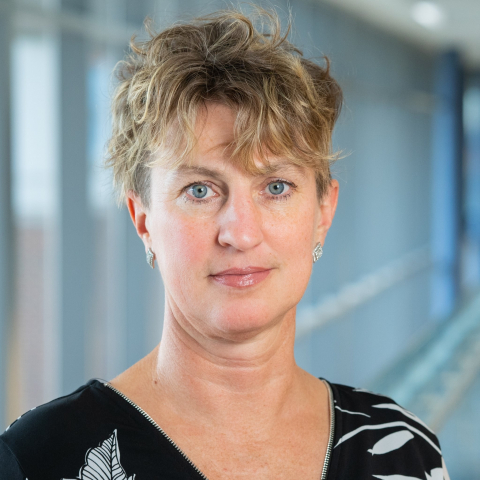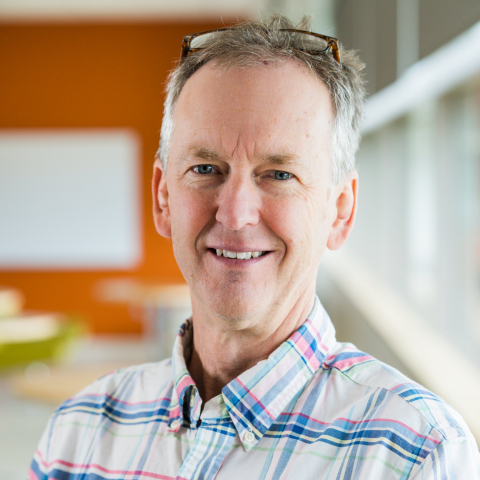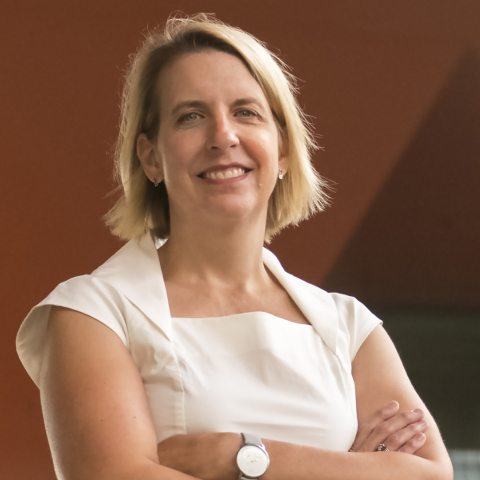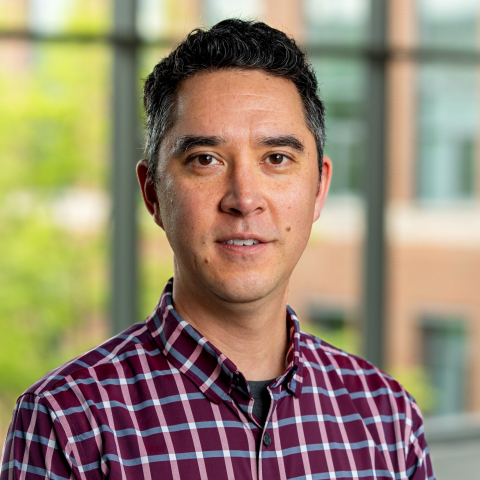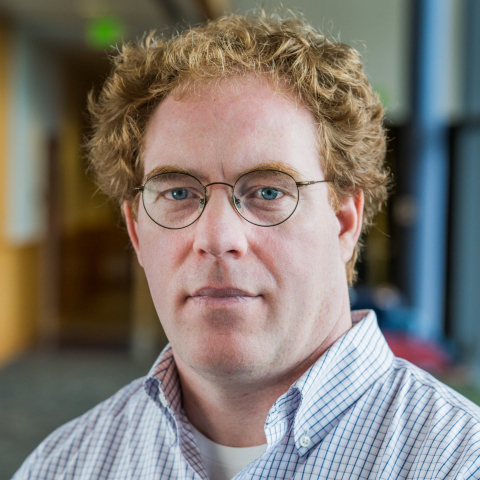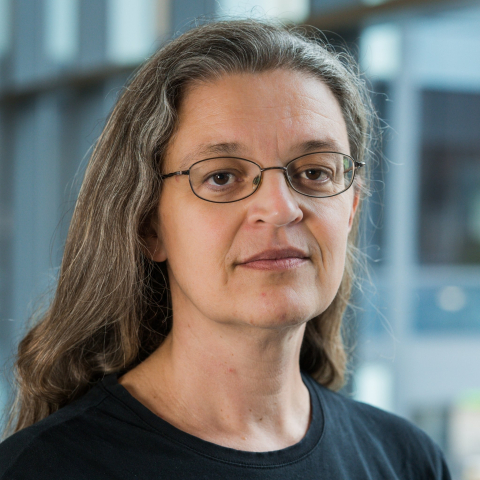People: Dynamics In Space And Time
Ottar Bjornstad
Huck Chair of Epidemiology; Distinguished Professor of Entomology and Biology; Adjunct Professor in Statistics
Peter Hudson
Former Director, Huck Institutes of the Life Sciences; Willaman Professor of Biology
Vivek Kapur
Associate Director, Huck Institutes of the Life Sciences; Huck Distinguished Chair in Global Health; Professor of Microbiology and Infectious Diseases
Scott Lindner
Co-Director, Center for Malaria Research; Associate Professor of Biochemistry & Molecular Biology
Jennifer Macalady
Director of the Ecology Institute; Professor of Geosciences
James Marden
Associate Director of Operations, Huck Institutes of the Life Sciences; Professor of Biology
Andrew Read
Senior Vice President for Research; Evan Pugh Professor of Biology and Entomology; Eberly Professor of Biotechnology
Katriona Shea
Professor of Biology; Alumni Professor in the Biological Sciences
